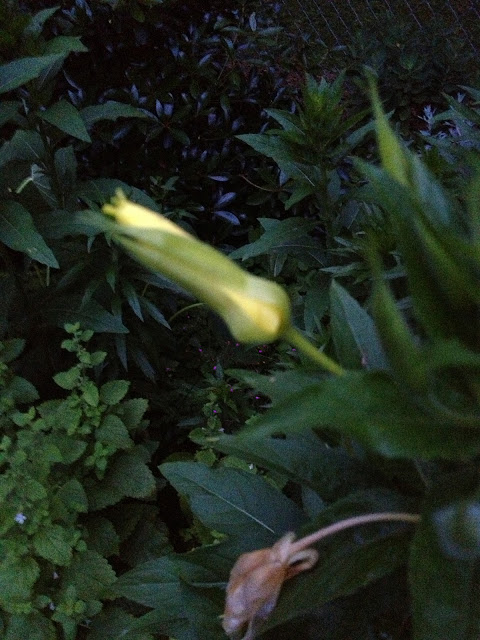 |
| Credit |
I say this because I think this is the case -- at least for me.
Here's why:
---I don't use an RSS Feed to follow blogs (Thanks, Divers and Sundry for helping me sort through this definition and question!)
--Even if the blogs listed on my Dashboard go away July 1, I follow few enough blogs that I can easily go to each and resign up to follow them.
---Today I visited all the blogs I follow, and if a "subscribe by e-mail" option was available, I signed up. (It is my humble recommendation that you do the same, ESPECIALLY if you do not have a blog yourself. This way, you won't have to be checking back to see if there's a new blog post; you'll know when the author posts because you'll be notified by e-mail.
(This, by the way, is one of the features Bloglovin is touting - that you'll be notified when a blogger posts!) So if you do NOT want to get an account with Bloglovin or any other reader, sign up for blog's e-mail notification.
--- If followers are lost because they have Google Reader, so be it. If they are interested enough, they will figure out a new way to follow. And hey, this concept is so simple: IF THEY REALLY want to read our blogs they will just enter our URL address and up we will pop! The World Wide Web is available to anyone and everyone!!
--I don't think most people follow mine or any other blog via Google Reader.
This is a tool that tons of techies use to follow a hundred things each day, not necessarily blogs.
-- As Mette mentioned, most followers never comment. I see blogs with hundreds of followers and maybe 15 comments on any given day. I understand why it's important for blogs with something to promote (products, etc) to keep their many followers. Mine is not of that variety. And after all, it's the page views that count, not the number of followers (although that is nice!). And one of the reasons many of us blog is for the TWO WAY dialogue.
Please read this (Va-Room Vintage) blog) for further clarification in case the information I've provided above needs further elaboration. I found it more helpful that the tens of other stories/instructions I read elsewhere while researching this whole darn subject!
So, let's all take a deep breath and relax on July 1!
Of course, I could be wrong........


























































